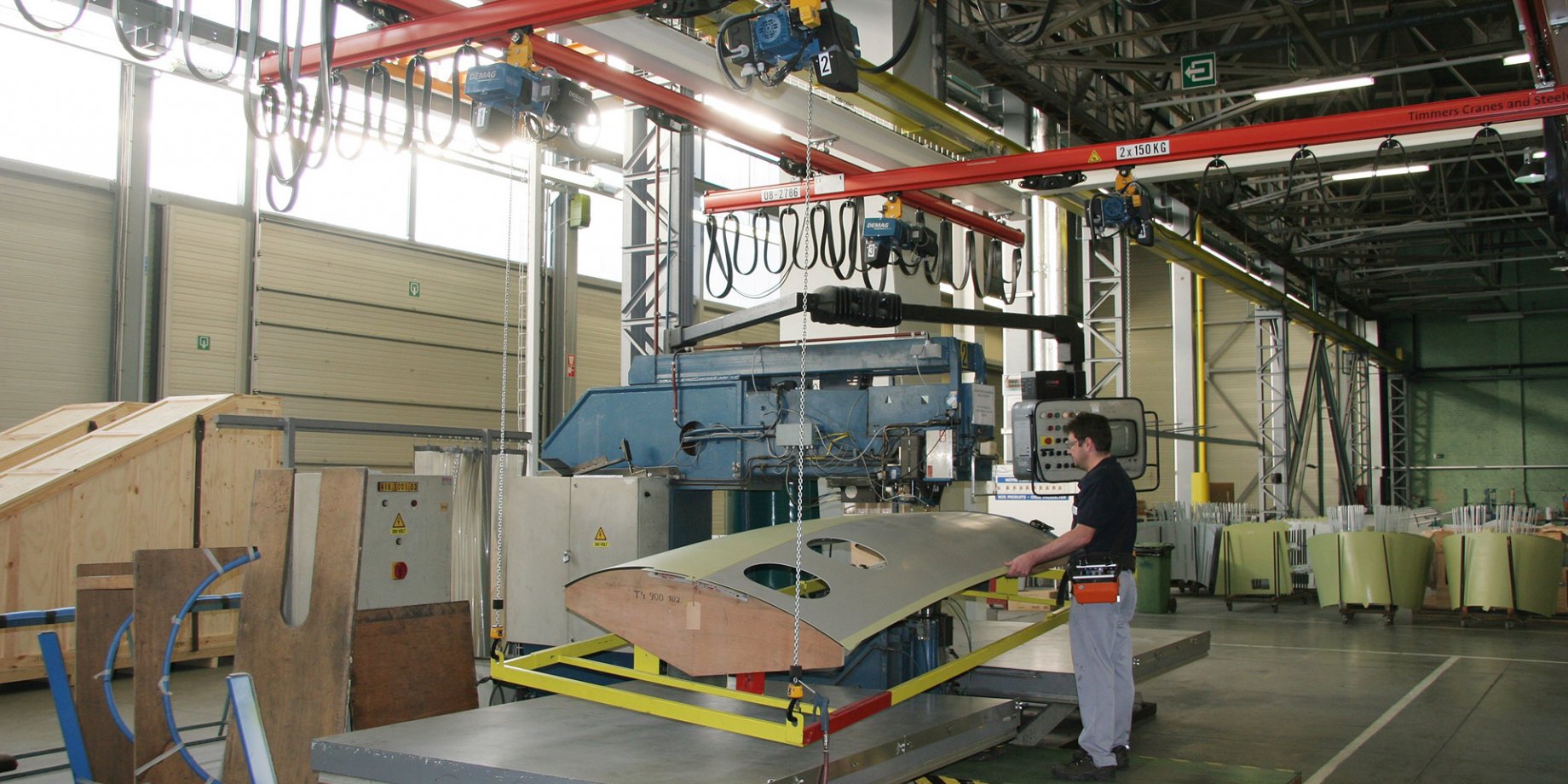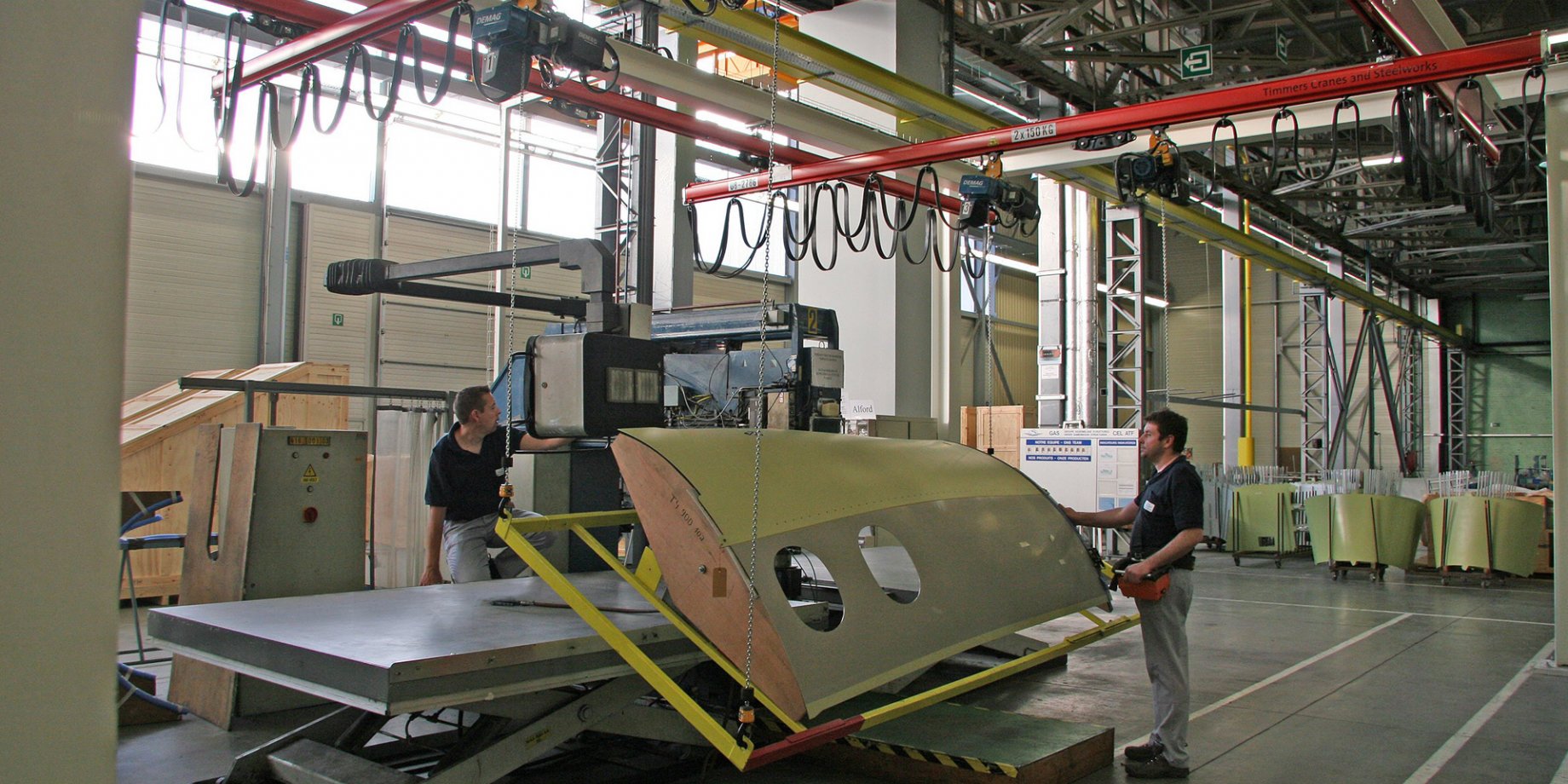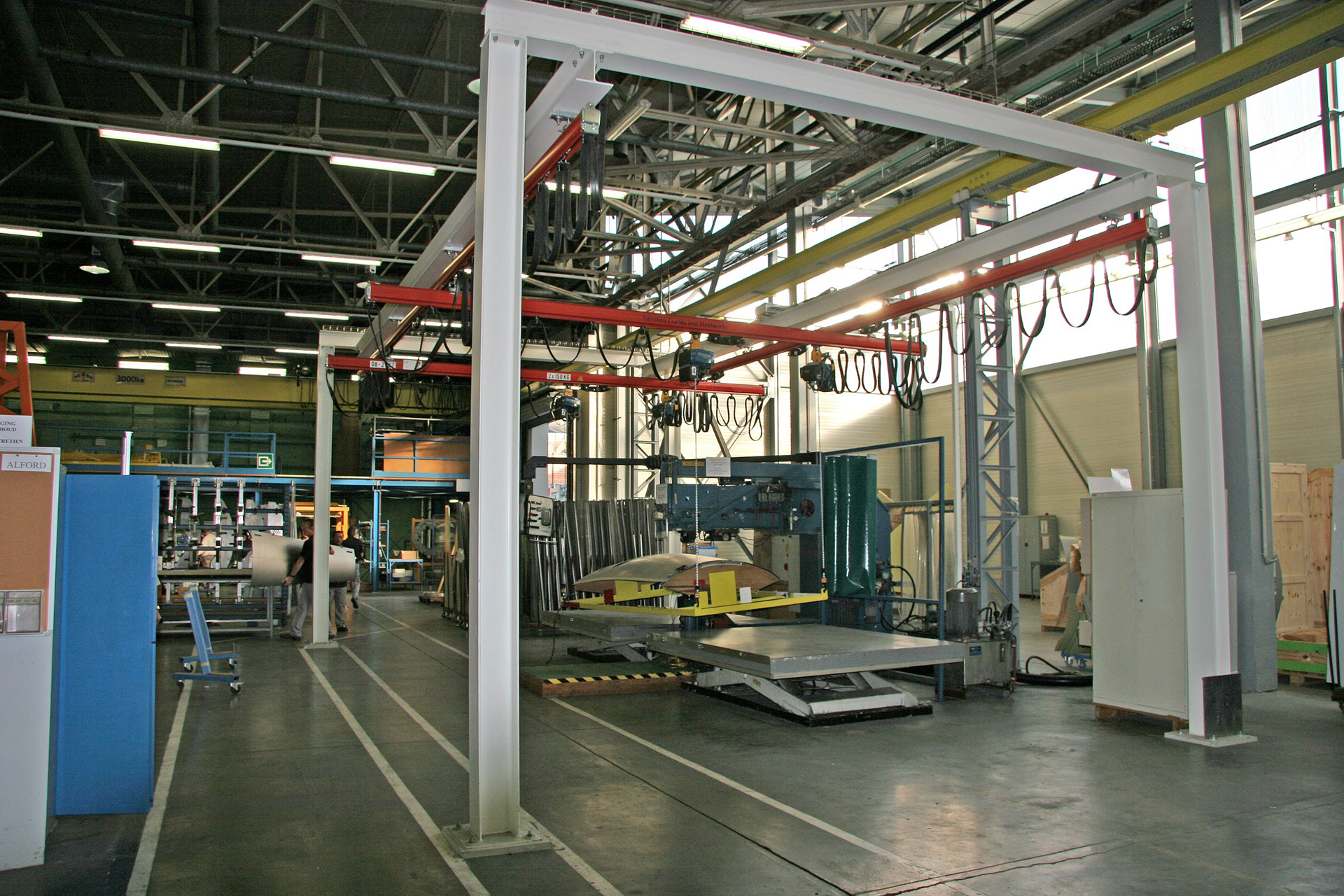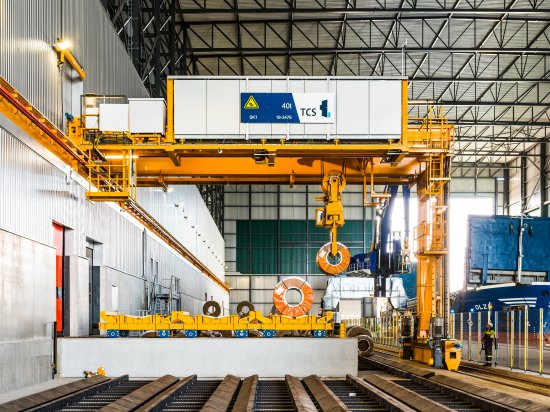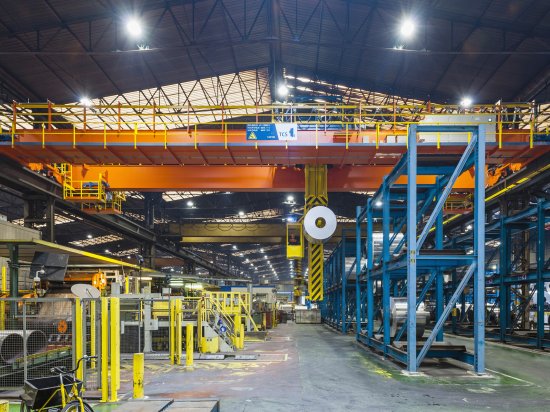SABCA’s experience in the aerospace industry goes back as far as 1920. In the aftermath of the First World War, the company started to produce mainly for the Belgian army; it continued to do so for many decades. However today, the company is increasingly working for the civil aircraft industry (Airbus) as well as for European space programmes (Ariane).
A series of highly-equipped work stations
Manufacturing at SABCA is a very sophisticated process. De Naeyer: “In the aerospace industry, the volumes are rather low which means the automation of the production process is a real challenge. In our assembly workshops we don’t have any conveyor belts equipped with robots, but we do have many different manual work stations, each of them equipped with special machines and instruments used, for example, to rivet aluminium plates and pieces.”
Another big difference is that most of the plates and elements are geometrically much more complex than typical automobile parts. De Naeyer explains: “With commercial cars, the geometry of the elements is simplified in order to improve feasibility. This cannot be done in aerospace, where the slightest deviation from the original design can seriously compromise the aerodynamic behaviour.”
